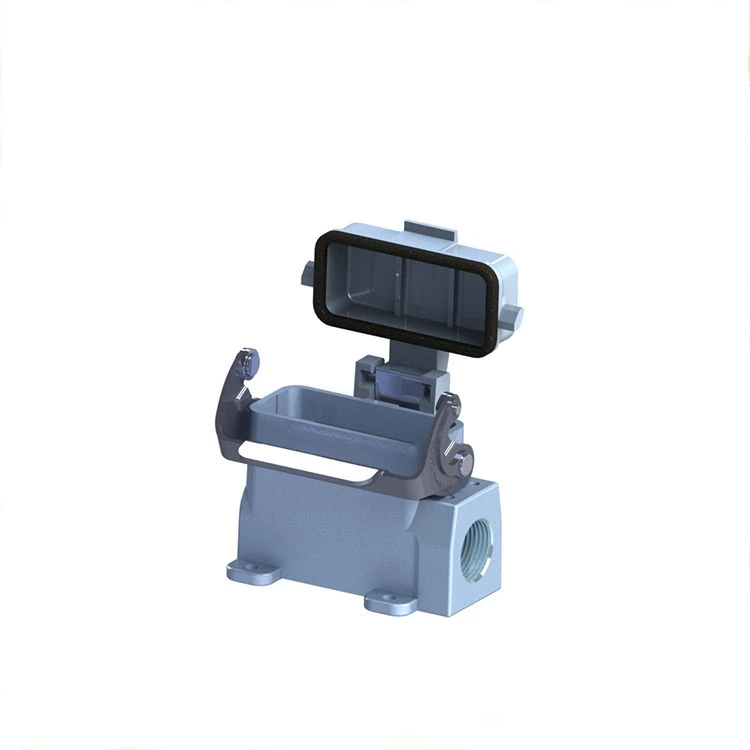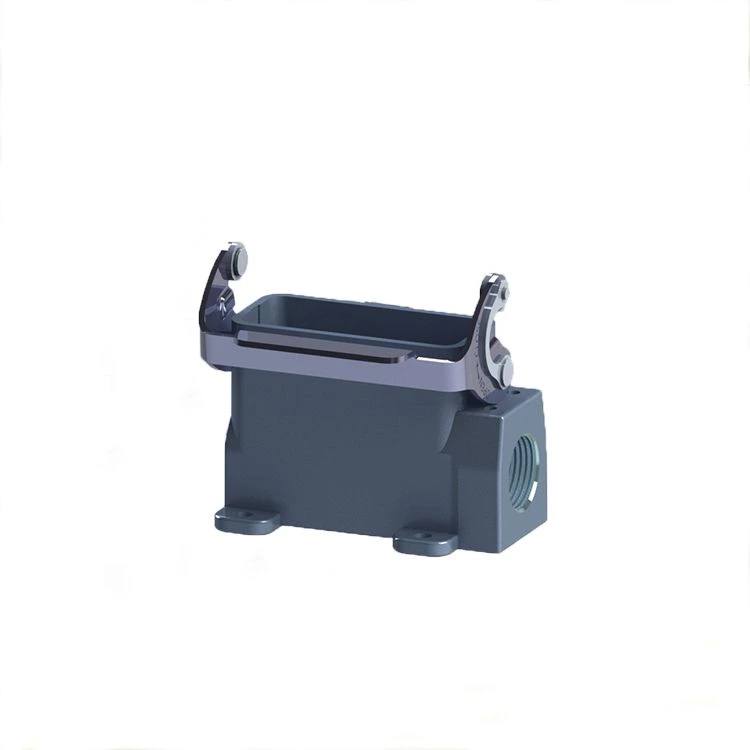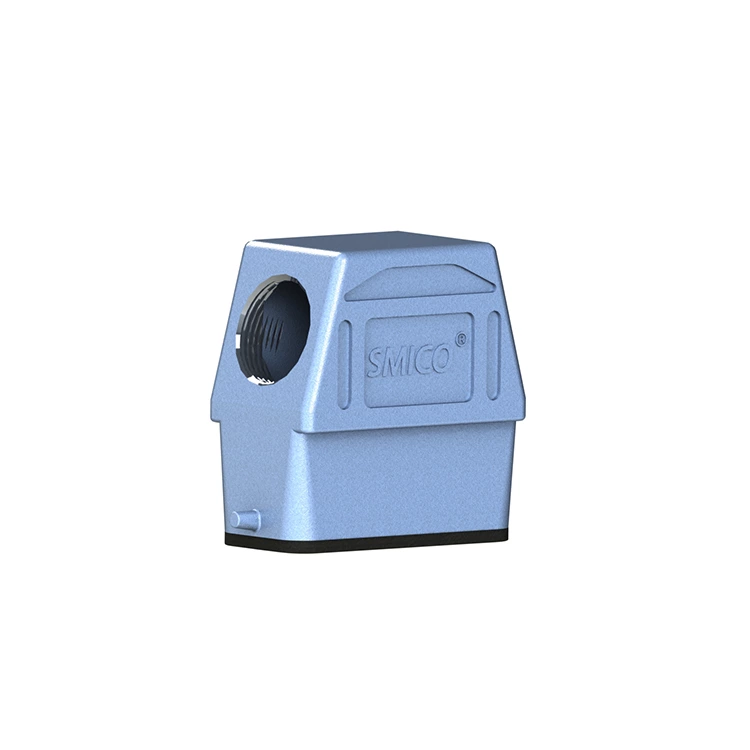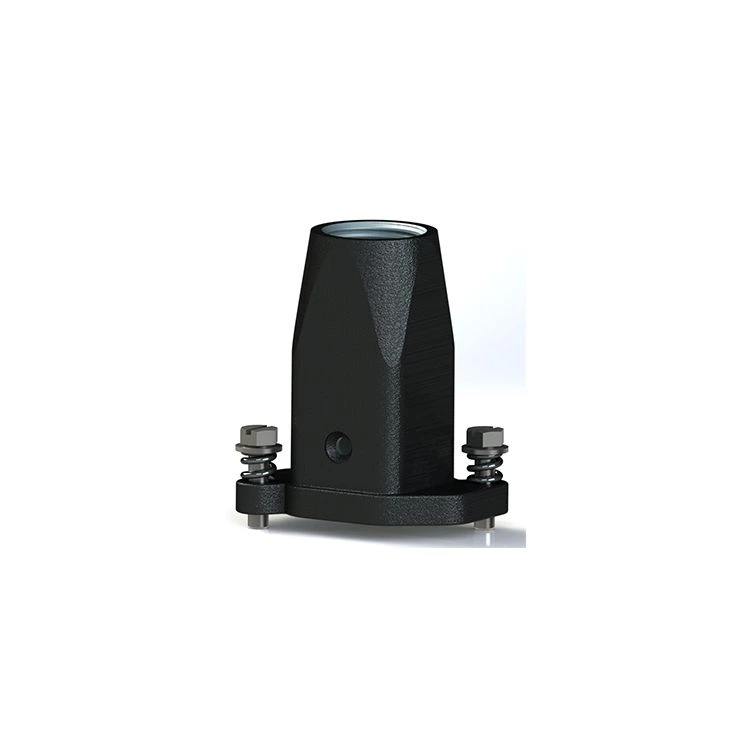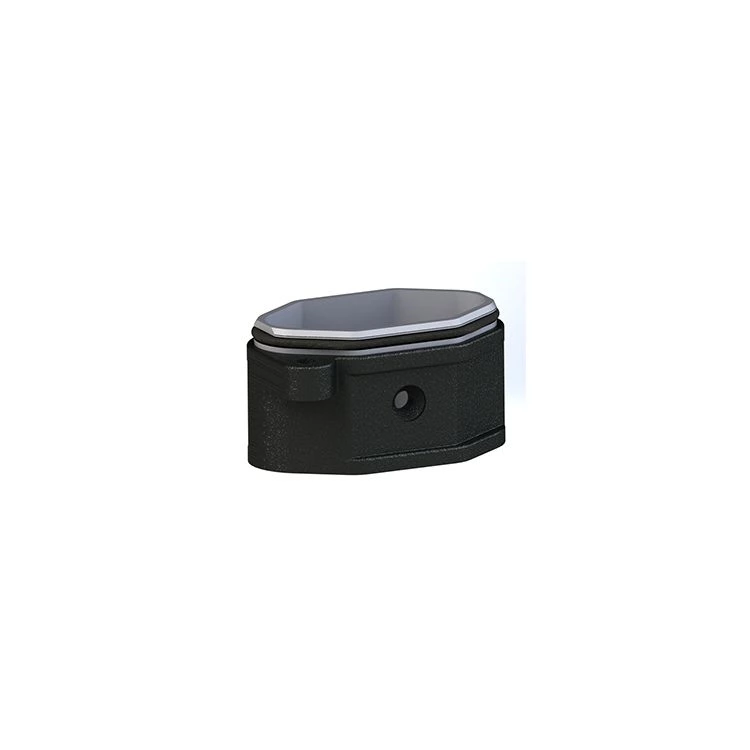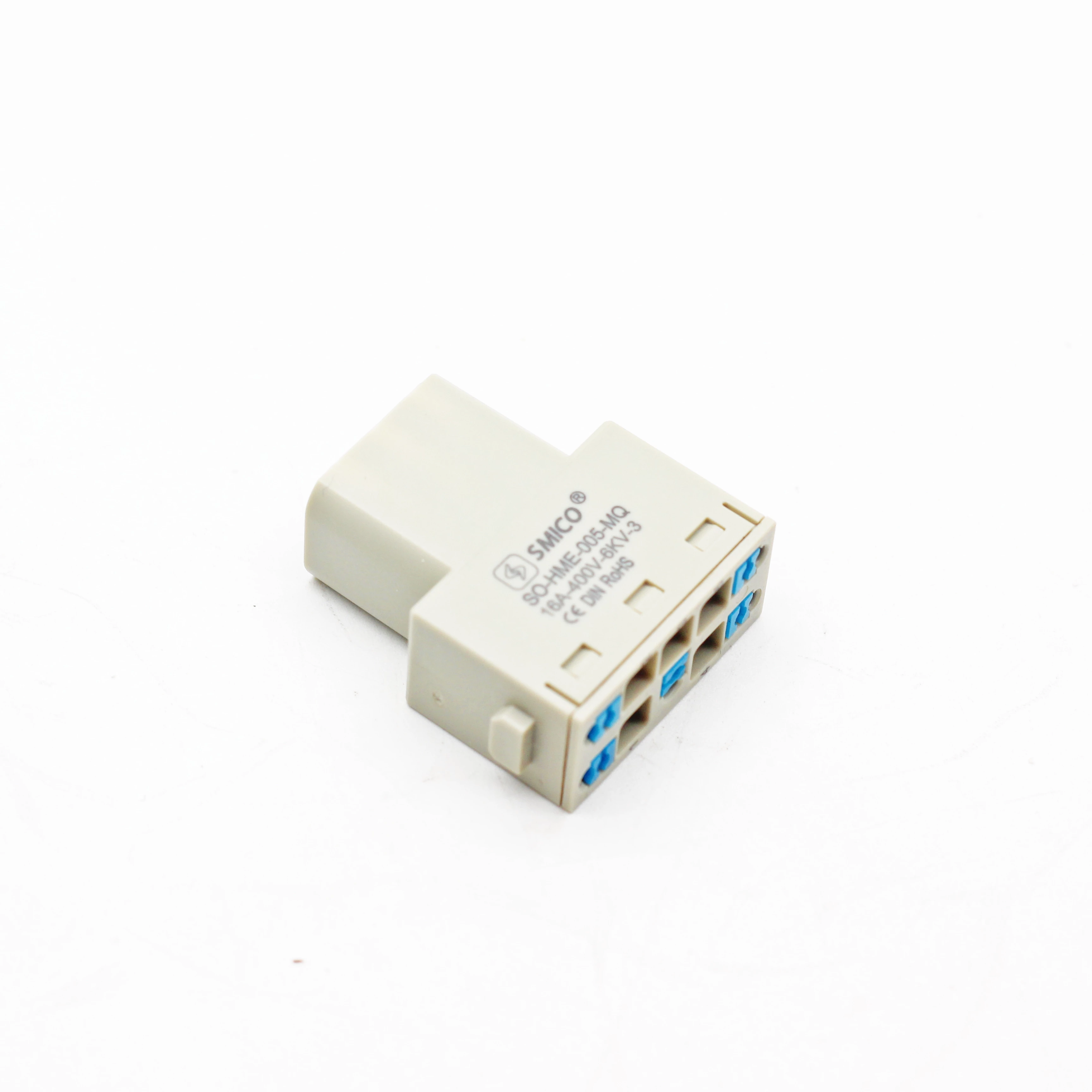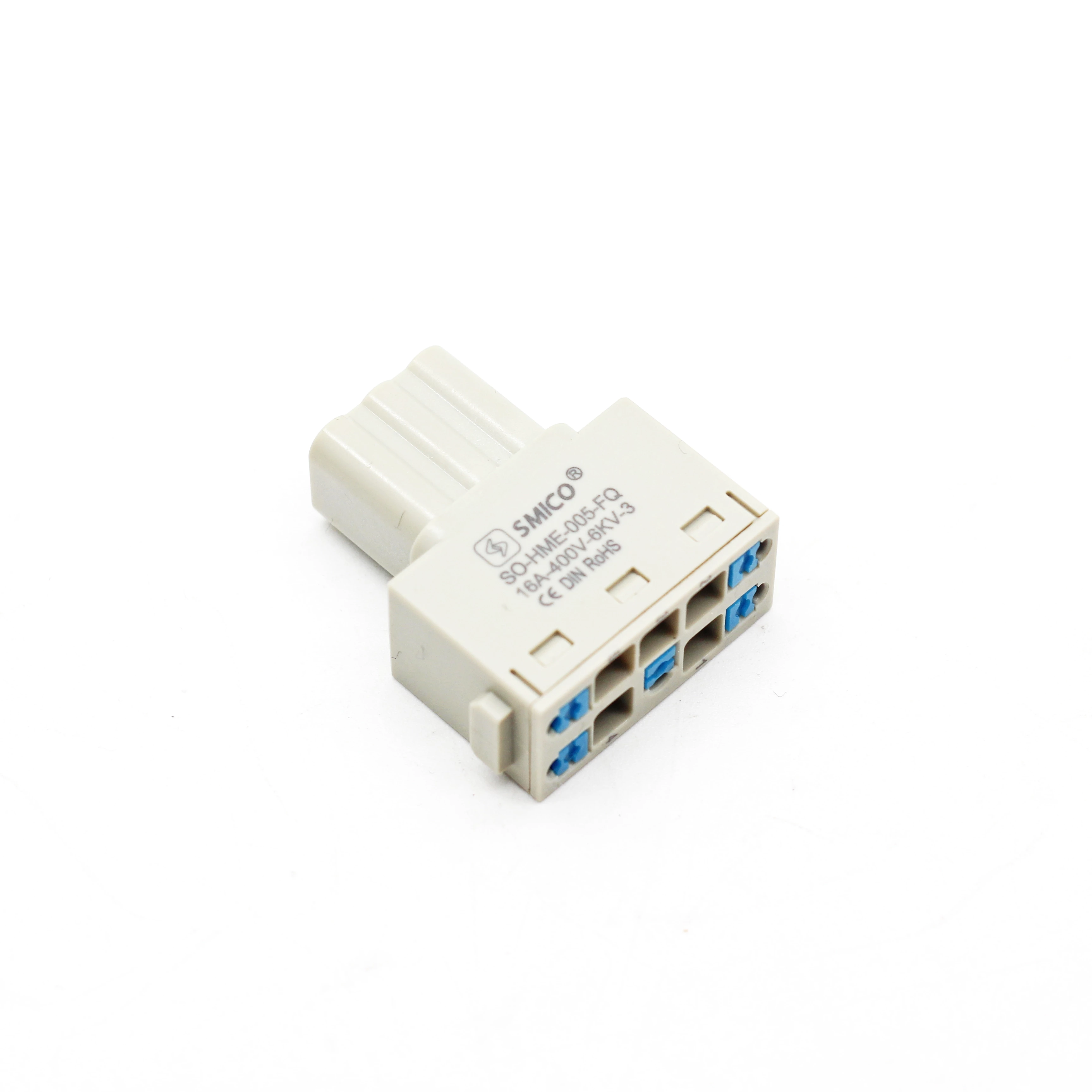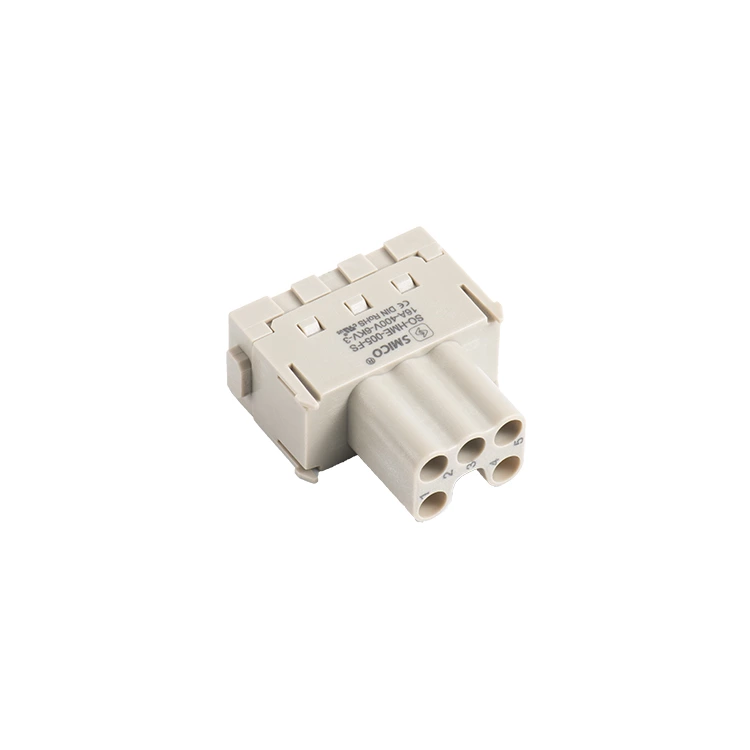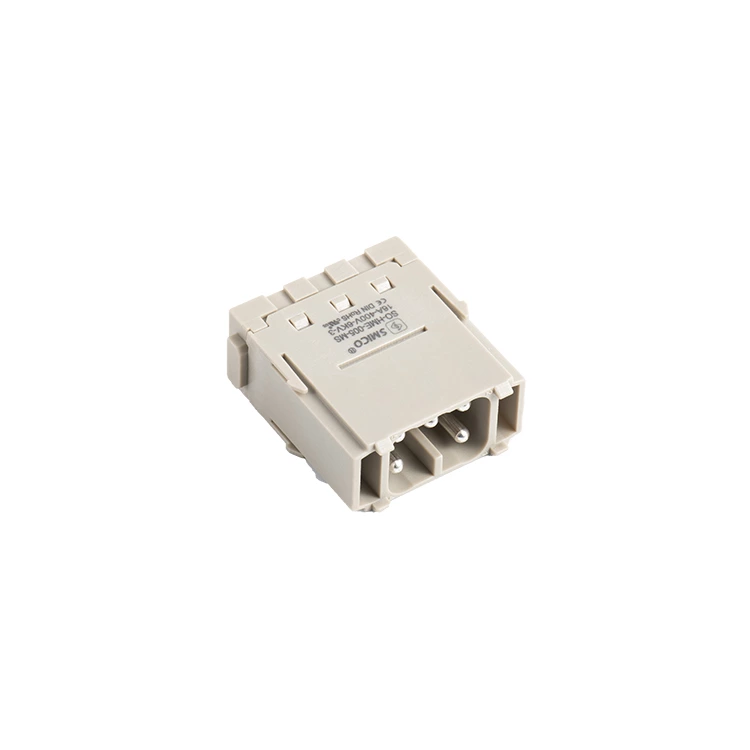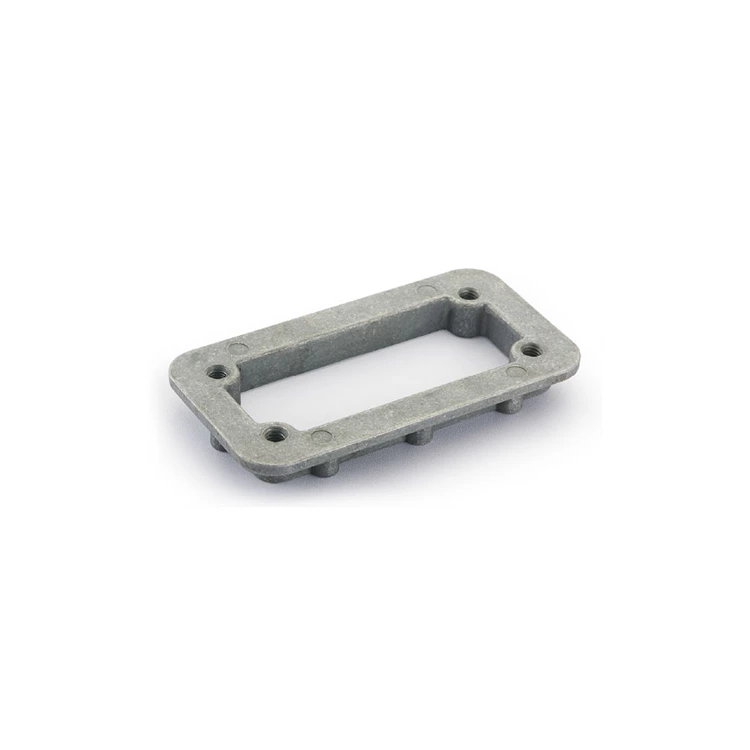Heavy-duty Connectors: Improving Reliability And Efficiency Of Electrical Connections
Heavy Duty Connector is an indispensable and important component in the field of electrical engineering, and is widely used in industry, automobiles, ships, and various heavy equipment. With the continuous development of science and technology, the performance requirements for connectors are getting higher and higher. Heavy-duty connectors have become the first choice for electrical connections in heavy industry and high-load environments with their superior pressure resistance, temperature resistance, and corrosion resistance.
First of all, the design of heavy-duty connectors usually takes into account extreme working environments. In industrial applications, equipment is often exposed to high temperature, high humidity, vibration, and pollution, so heavy-duty connectors must have good sealing performance and mechanical strength. Many heavy-duty connectors adopt waterproof and dustproof designs, which can effectively prevent the influence of external factors on the connection and ensure the stable operation of the equipment. For example, IP67-rated heavy-duty connectors perform well in underwater immersion and dust intrusion, and are suitable for various harsh environments.
Secondly, the electrical performance of heavy-duty connectors is also crucial. Such connectors are usually designed to withstand high currents and high voltages, which can effectively reduce resistance losses and ensure fast signal transmission. To achieve this, the contacts of heavy-duty connectors are mostly made of highly conductive materials, such as copper alloys, and are gold-plated or nickel-plated to improve corrosion resistance and conductivity. In addition, the contact point design of heavy-duty connectors has also been carefully calculated to reduce contact resistance and extend service life.
During the selection process, users need to choose the appropriate heavy-duty connector according to the specific application environment and load conditions. Parameters such as connector size, number of contact points, rated current and voltage need to be carefully considered. At the same time, the installation and removal of heavy-duty connectors also need to be considered. Designers should ensure that the connectors are user-friendly and convenient for quick replacement or maintenance in actual applications.
The application of heavy-duty connectors in different fields also demonstrates its flexibility. For example, in the transportation industry, heavy-duty connectors are widely used in electric vehicles, trains and aircraft. These connectors not only need to withstand high current charging, but also need to adapt to vehicle vibration and temperature changes. In the aerospace field, the performance requirements of connectors are more stringent. Not only must they be able to withstand extremely high temperatures, but they must also have good radiation resistance to ensure reliability in the cosmic environment.
In addition, with the rise of renewable energy, the application of heavy-duty connectors in solar energy, wind energy and other fields is also increasing. In solar power generation systems, heavy-duty connectors are used to connect photovoltaic modules and inverters to ensure stable current transmission and improve the overall efficiency of the system. In the wind power industry, heavy-duty connectors are used to connect various parts of wind turbines to ensure the normal operation of the equipment in harsh climates.
